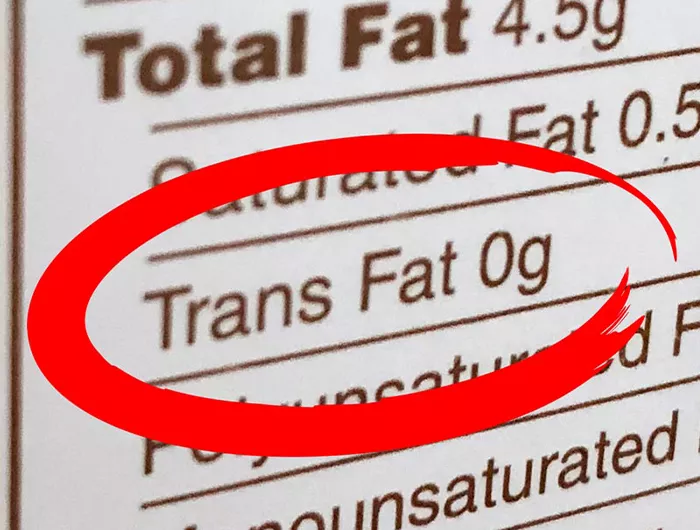Peter’s Memo: Tracking the evidence from trans fat bans

Jorge Bach/CSPI.

It's no secret why the Center for Science in the Public Interest, Nutrition Action's publisher, has spent the last 20 years fighting to get trans fat out of the food supply.
Partially hydrogenated oil—the source of artificial trans fat—has been around for more than a century. But it wasn't until the early 1990s that studies produced unequivocal evidence linking it to heart disease in humans.
Not only does just a small amount of trans fat raise LDL ("bad") cholesterol, it also lowers HDL ("good") cholesterol.
In 1994, we formally urged the Food and Drug Administration to list trans fat on Nutrition Facts labels, and a decade later, we asked the FDA to ban partially hydrogenated oil entirely.
Meanwhile, we used lab tests and lawsuits to push restaurants to switch to trans-free cooking oils.
Our work has borne fruit. In 2006, trans fat was added to Nutrition Facts labels, and in 2015, the FDA finalized a ban on partially hydrogenated oil that goes into effect this June. As a result, most artificial trans fat is already out of the food supply.
All well and good. But has getting rid of trans fat made people healthier? By all accounts, yes:
Denmark. In 2004, Denmark became the first country to virtually eliminate artificial trans fat. During the first three years following the ban, researchers estimated, heart disease deaths dropped by 4.3 percent more than they would have with no ban.
(Had the researchers waited longer, they might have seen an even greater benefit. But in 2007, Denmark enacted anti-smoking laws. Since smoking raises heart disease risk, it would have become much harder to tease out the trans ban's impact on death rates after the smoking restrictions were in place.)
A 4.3 percent reduction might sound modest, but it meant that roughly 770 fewer Danes died of heart disease per year. That's more than the number of Danes killed in traffic accidents each year.
New York City. In 2007, New York became the first major U.S. city to ban more than trivial amounts of artificial trans fat in restaurants. Some, but not all, counties in New York State soon followed suit.
Within three years, according to a 2017 study, hospital admissions for heart attacks and strokes had dropped by 6.2 percent more in counties with bans than in counties without bans.
That would have translated into some 87,500 fewer heart attacks and strokes nationwide over those three years...just from getting trans out of restaurants.
An earlier study credited the New York trans bans with a 4.5 percent reduction in deaths from heart disease, which could translate into roughly 40,200 fewer deaths nationwide per year.
Despite the caveats—the studies weren't designed to show cause and effect, something other than the trans bans could have explained the differences between New York counties, and what happens in New York State may not reflect what would happen in, say, Iowa—it looks like getting rid of trans has been a rousing public health success.
It seems pretty clear that Americans will reap the benefits for years to come.
Peter G. Lurie, MD, MPH, President
Center for Science in the Public Interest
Photo: Jorge Bach/CSPI.
Tags

